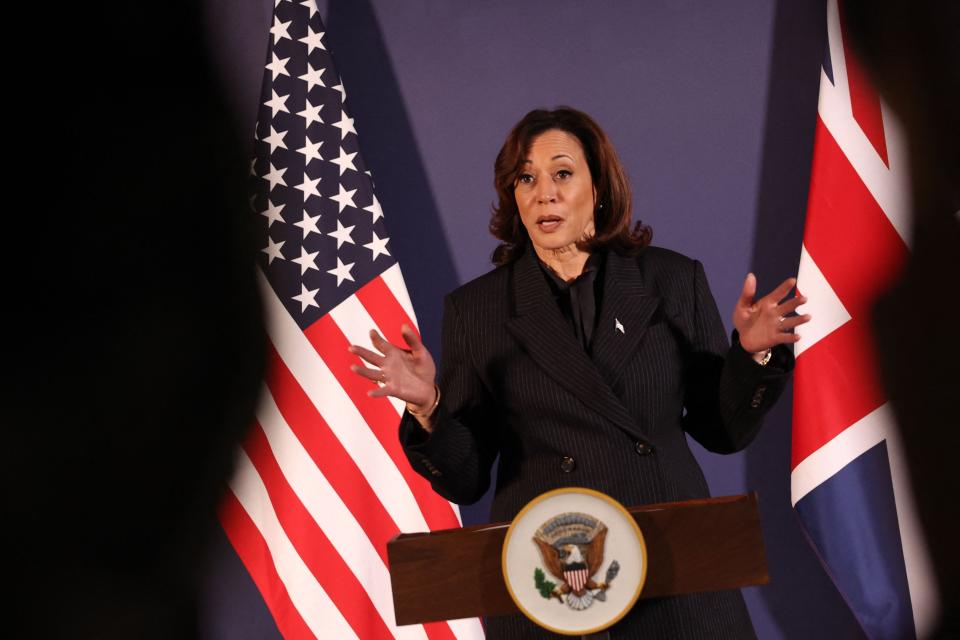Biden administration unveils new rules for federal government's use of artificial intelligence
WASHINGTON ― The Biden administration Thursday announced three new policies to guide the federal government's use of artificial intelligence, billing the standards as a model for global action for a rapidly evolving technology.
The policies, which build off an executive order President Joe Biden signed in October, come amid growing concerns about risks posed by AI to the U.S. workforce, privacy, national security and for potential discrimination in decision-making.
The White House's Office of Management and Budget will require that federal agencies ensure its use of AI does not endanger the "rights and safety" of Americans.
To improve transparency, federal agencies will have to publish online a list of AI systems they are using as well as an assessment of the risks those systems might pose and how the risks are being managed.
The White House is also directing all federal agencies to designate a chief AI officer with a background in the technology to oversee the use of AI technologies within the agency.

Vice President Kamala Harris announced the rules in a call with reporters, saying the policies were shaped by input from the public and private sectors, computer scientists, civil rights leaders, legal scholars and business leaders.
"President Biden and I intend that these domestic policies will serve as a model for global action," said Harris, who has helped lead the administration's efforts on AI and outlined U.S. initiatives on AI during a global summit in London last November.
"All leaders from government, civil society and the private sector have a moral, ethical and societal duty to make sure that artificial intelligence is adopted and advanced in a way that protects the public from potential harm, while ensuring everyone is able to enjoy its full benefit," Harris said.

The federal government has disclosed more than 700 examples of current and planned AI use across agencies. The Defense Department alone has more than 685 unclassified AI projects, according to the nonpartisan Congressional Research Service.
Disclosures from other agencies show AI is being used to document suspected war crimes in Ukraine, test whether coughing into a smartphone can detect COVID-19 in asymptomatic people, stop fentanyl smugglers from crossing the southern border, rescue children being sexually abused and find illegal rhino horns in airplane luggage – among many other things.
To assess the safety risks of AI, federal agencies by December will be required to implement safeguards to "reliably assess assess, test and monitor" "AI’s impacts on the public, mitigate risks of algorithmic discrimination and publicize how the government is using AI.
Harris provided an example: If the Veterans Administration wants to use artificial intelligence in VA hospitals to help doctors diagnose patience, Harris said it would need to show the AI system does not produce "racially biased diagnoses."
Biden's AI executive order, by invoking the Defense Production Act, required companies developing the most advanced AI platforms notify the government and share the results of safety tests. These tests are conducted through a risk assessment process called "red-teaming."
Under the order, the National Institute of Standards and Technology is creating standards for the red-team testing that are aimed at ensuring safety prior to release to the public.
Contributing: Maureen Groppe
This article originally appeared on USA TODAY: Biden unveils new policies for use of AI by federal government


